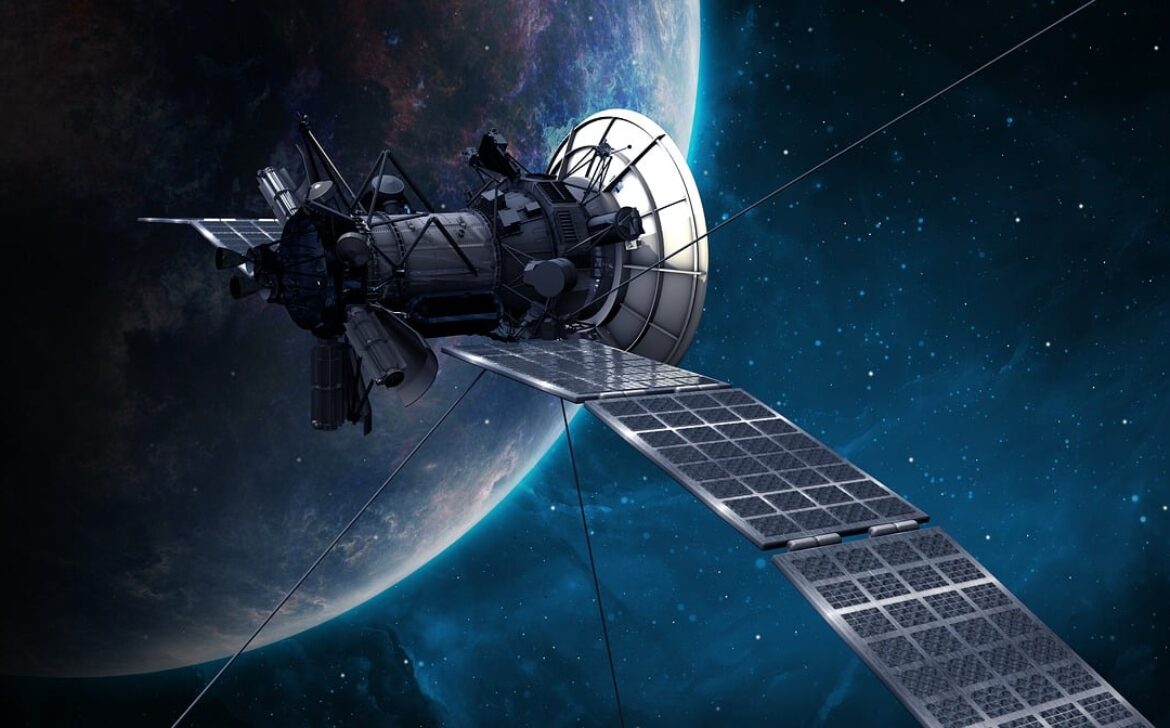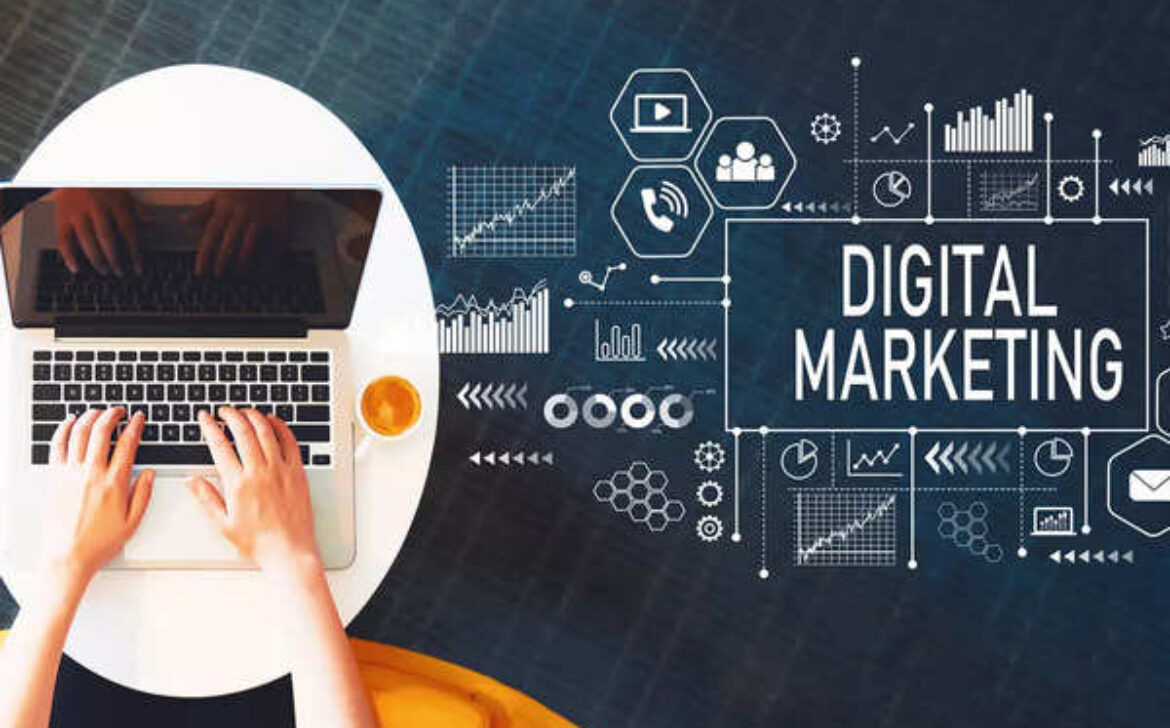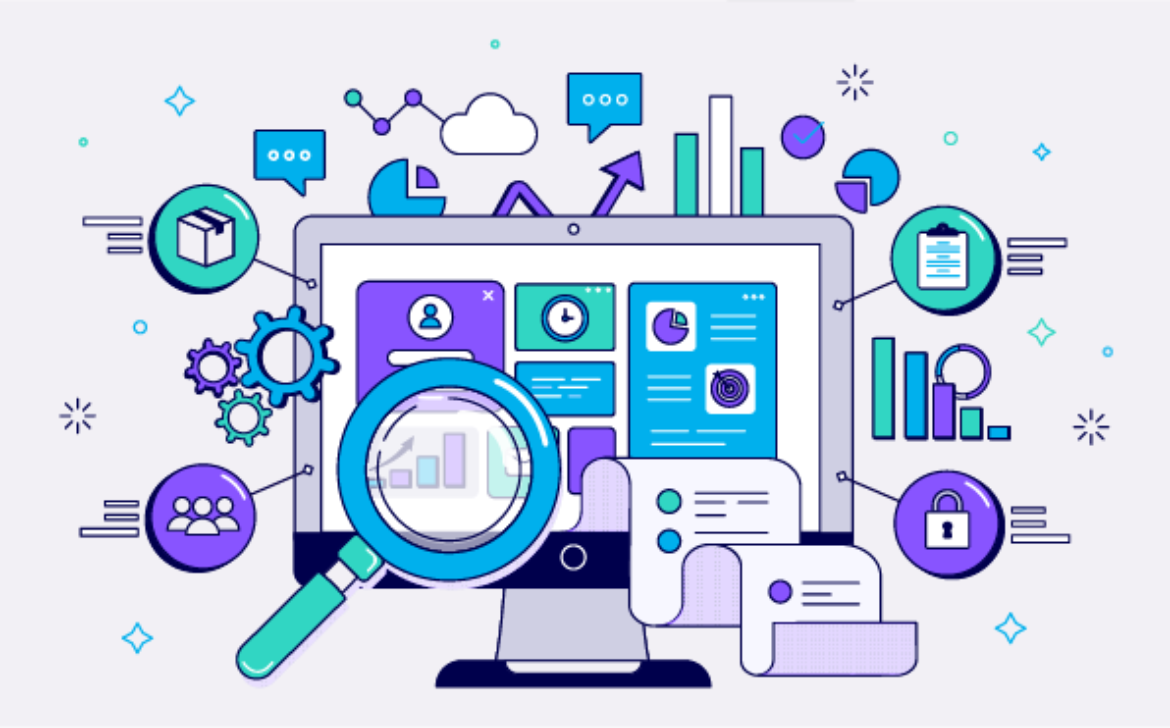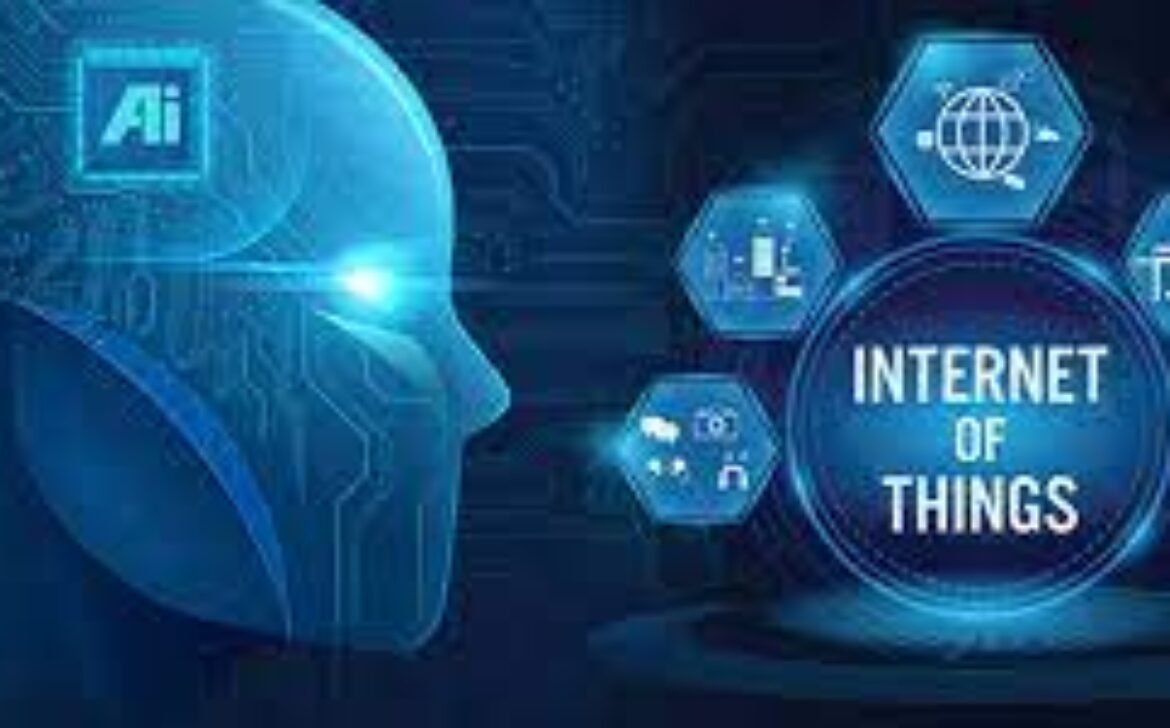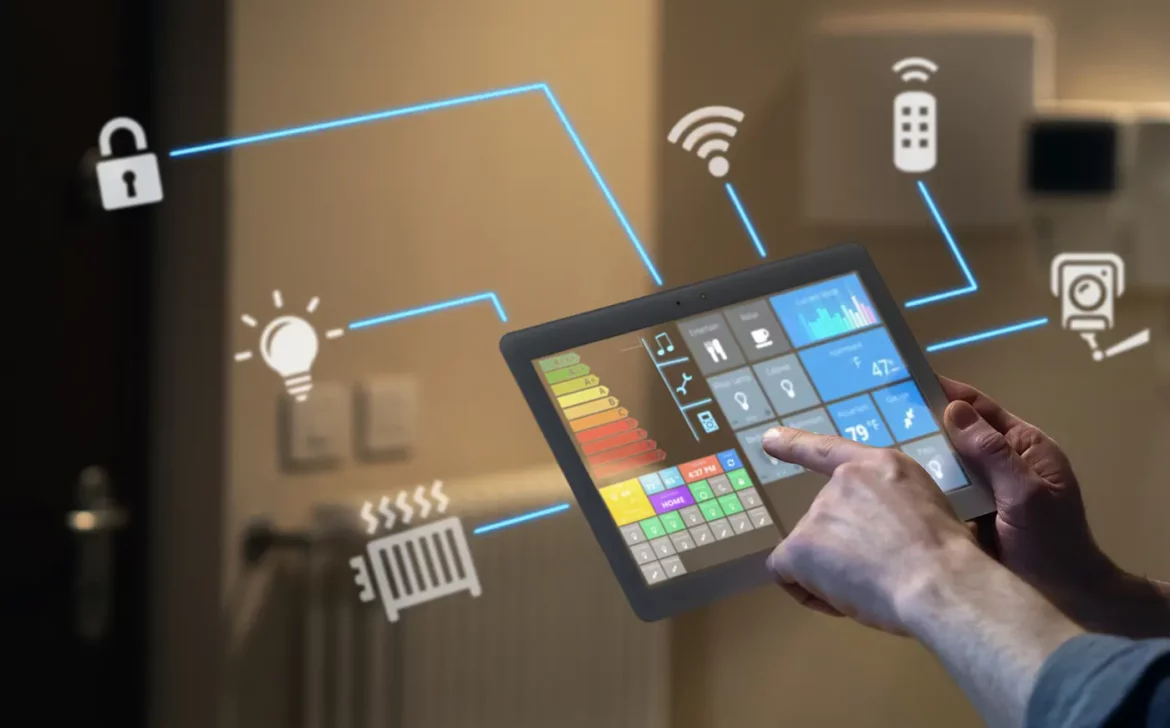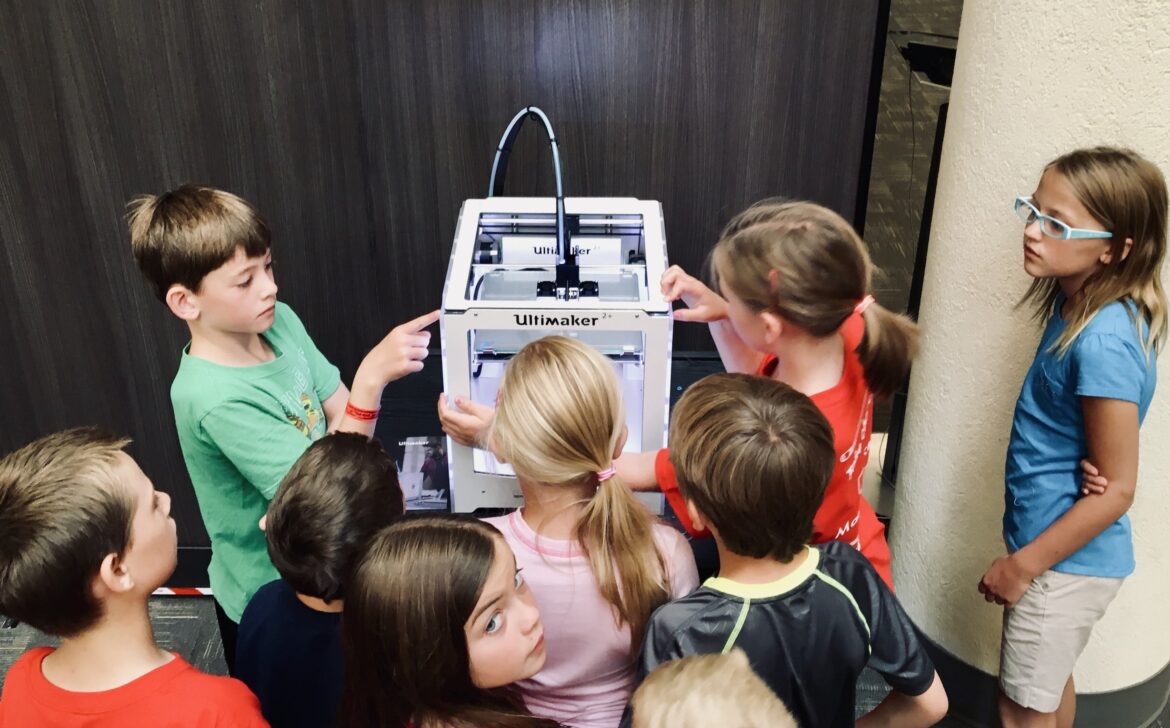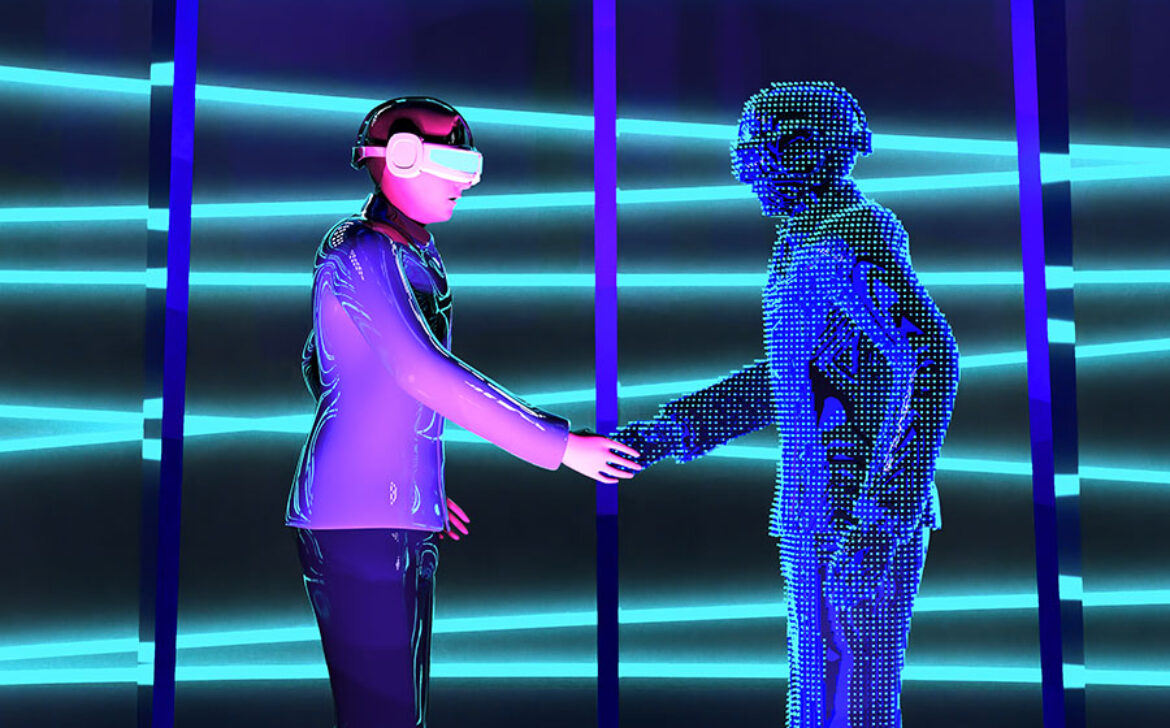The Potential of Satellites in a Connected World

As we gaze up at the night sky, it’s easy to forget that among the stars and planets, humanity has launched a remarkable network of artificial celestial objects: satellites. These unassuming marvels of technology play a pivotal role in shaping our modern world, facilitating communication, navigation, weather forecasting, scientific research, and much more. In this blog post, we’ll embark on a journey into the realm of satellites, exploring their significance, diverse applications, and the untapped potential they hold for the future.
Defying Gravity: The Magic of Satellites
Satellites are man-made objects placed into orbit around the Earth or other celestial bodies. They come in various sizes, from small CubeSats to massive geostationary communication satellites. While the concept of satellites might seem commonplace today, their impact on our lives is profound and often goes unnoticed.
Connectivity Revolution: Communication Satellites
In an era where instant communication spans the globe, communication satellites are the unsung heroes. These satellites relay signals for telephone calls, television broadcasts, internet connectivity, and even international diplomacy. They create a web of interconnectedness, bringing people and information closer together regardless of geographical boundaries.
Navigating the Unknown: Global Positioning System (GPS)
Perhaps one of the most transformative satellite applications is the Global Positioning System (GPS). A constellation of satellites orbiting Earth enables GPS receivers to determine precise locations, aiding navigation for vehicles, aircraft, ships, and even smartphone apps. This technology has revolutionized the way we explore and navigate our world.
Eyes in the Sky: Earth Observation Satellites
Satellites equipped with advanced imaging instruments serve as our eyes in the sky, monitoring our planet’s dynamic environment. Earth observation satellites play a crucial role in tracking climate change, predicting natural disasters, assessing agricultural yields, and providing vital data for urban planning and environmental management.
Pioneering Science: Space Telescopes
Space telescopes like the Hubble Space Telescope offer a clear view of the universe unobstructed by Earth’s atmosphere. These instruments have expanded our understanding of distant galaxies, black holes, and the origins of the cosmos, reshaping our understanding of the universe and our place in it.
Challenges and Future Directions
While satellites have transformed our world, they also present challenges. Space debris poses a threat to operational satellites and the International Space Station. As the number of satellites in orbit increases, ensuring responsible space practices becomes crucial.
Innovation and Exploration: The Next Frontier
The future of satellites is both exciting and promising. Here are some key areas of innovation and exploration:
- Internet From Space: Companies like SpaceX’s Starlink are deploying constellations of satellites to provide global broadband internet coverage, potentially bridging the digital divide.
- Climate Monitoring: Advanced sensors on satellites will continue to contribute to understanding climate change, tracking deforestation, and monitoring natural disasters.
- Interplanetary Exploration: Satellites are crucial for exploring other planets and celestial bodies. They provide crucial data for understanding planetary composition, atmosphere, and potential habitability.
- Space Tourism: As the space tourism industry emerges, satellites will play a role in facilitating safe travel beyond our atmosphere.

